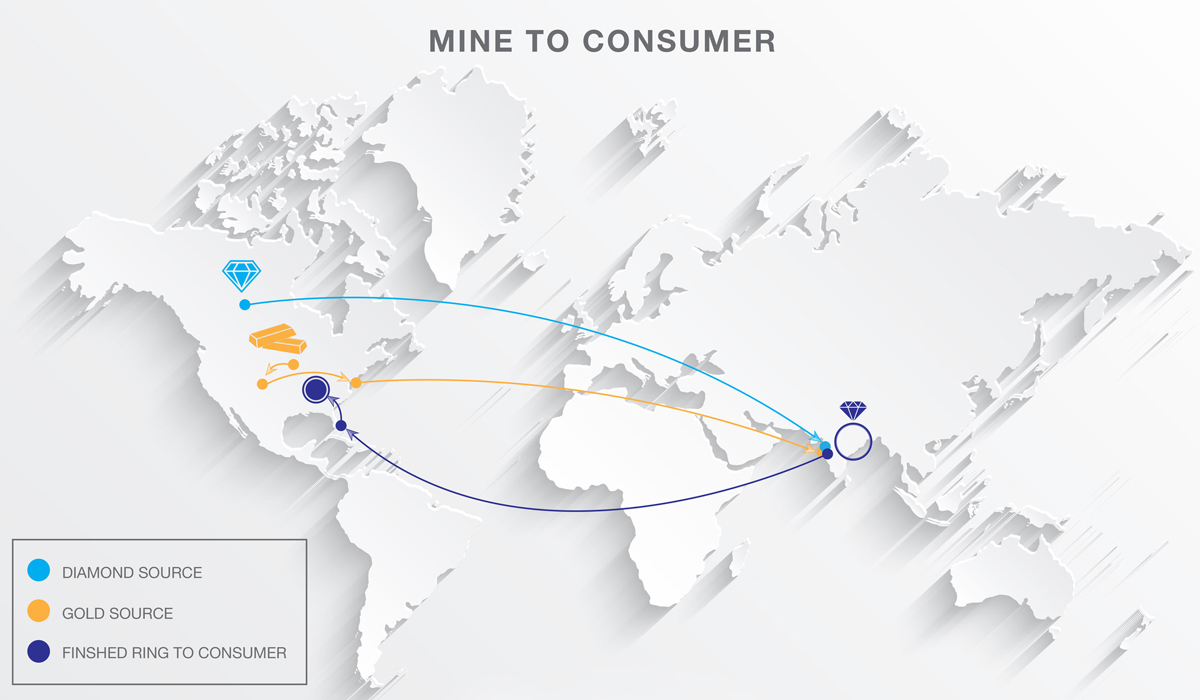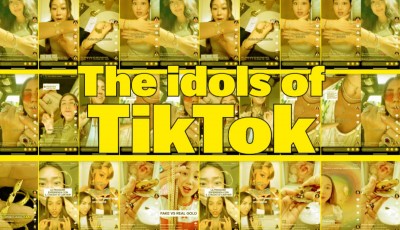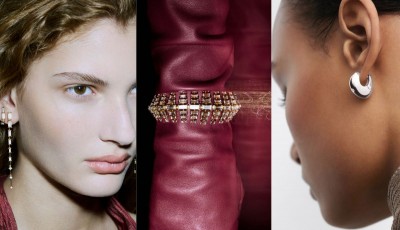Blockchain, an Ally for the Jeweler
Here's how technology tackles forgery and the growth of the daigou phenomenon, the professional "personal shopper"
The recovery in demand for precious metals and high jewelry in China began in 2017 with a market that was able to re-connect to consumers by building reliable and highly evolved brands with experience in personalized buying. European brands are also about to benefit from this positive trend in what is the main Asian market, with customs duties on imports from the Old Continent halved since 1st July last year. What Xi Jin- ping, China’s President for Life, is hoping for is a global market in which everyone abides by the same rules, with the Ex Celestial Empire now registering progresses even in trademark and consumer protection practices. In fact, up until now, widespread forgery in China has favored illegal imports and the diffusion of the daigou culture, which emerged because of the huge disparity in prices between China and the West caused by the desire for foreign goods that were initially not available in the country, as well as the fear of buying fake items and having little trust in local brands. Literally meaning “to buy on behalf of,” the word “daigou” contextualizes influential intermediaries who buy products abroad and sell them in the home country. If limited to a friend or family dimension, the daigou phenomenon is harmless. However, to date, its capacity (the global turnover touches on one billion dollars) is such that it is one of the driving forces of the parallel market with luxury goods among the most affected categories. In these forms of contraband, the profit lies in the margin applied to the sale and, obviously, in tax evasion. To combat them and, above all, to tackle forgery, technology is experimenting with traceability systems, such as blockchain, and identification by radio frequency. Blockchain is the virtual information register that can be used to trace transitions and which is exchanged and verified on a peer-to-peer network. At the moment, the jewelry world is already finding blockchain an important ally in the ethical supply of metals and stones. Among the first companies to commit them- selves in this sense are the American retailer, Helzberg Diamonds, the independent certification provider, Underwriters Labs, the precious metal supplier, LeachGarner and the jewelry producer, Richline Group, which have all put their faith in IBM and its TrustChain initiative. The aim of the latter is to help consumers trace the supply chain stages by going back as far as the origin of the raw materials. The recent alliance between two giants in the diamond sector is also in the name of blockchain: Tracr, the platform for gem traceability developed by De Beers, has, in fact, been joined by Russia’s Alrosa, the world’s number one group in terms of carats produced. This end-to-end system already involved the jewelry giant Signet last May, confirming the increasing success of crypto graphic methods in the raw material sector.






